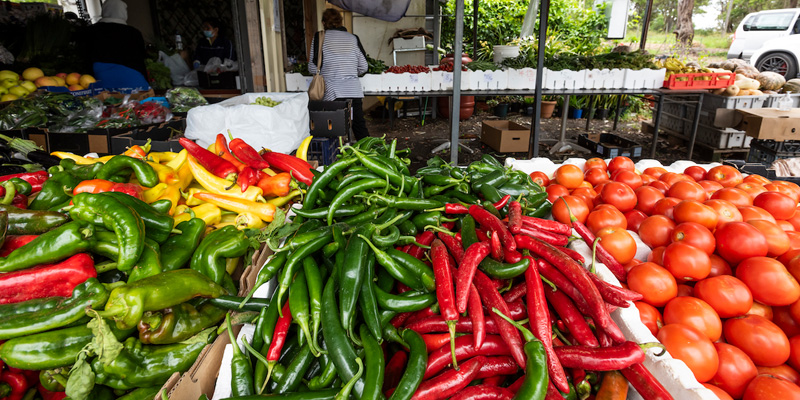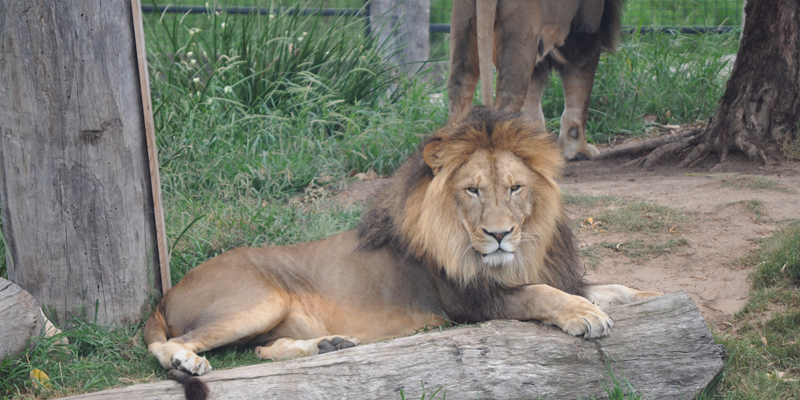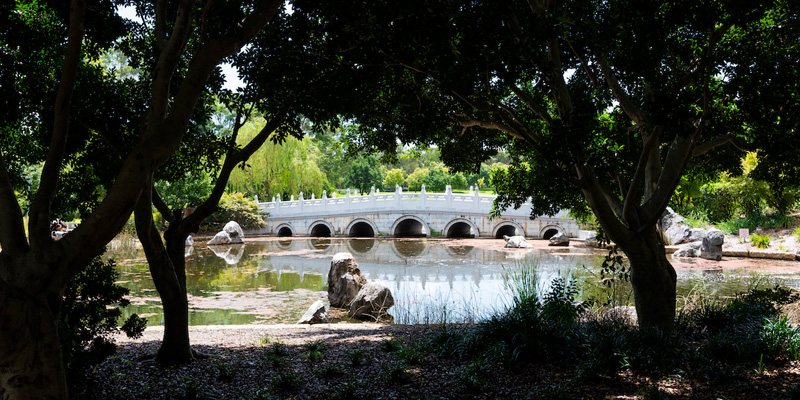
In Sydney’s bustling western suburbs, you could be right next to parklands, a farm or a bushwalking track and never know it
Sydney’s west is known for its big attractions – Sydney Motorsport Park, Raging Waters, the long-shuttered Wonderland Sydney and even one of Australia’s last remaining drive-in cinemas – but beyond that it’s usually associated with housing developments and industrial estates sprawling across a concrete wasteland. While this image isn’t entirely inaccurate, western Sydney also harbours quite the surprise – a 5280-hectare green space known as Western Sydney Parklands.
A surprising natural beauty
Take it from someone who has lived in south-western Sydney his entire life, these parklands just seemed to pop up out of nowhere one day. With no fanfare, not much in the way of media coverage and only some distinctive signs offering a hint at something concealed a short walk from the roadway, I might still be unaware of these parklands if not for a visit to my wife’s great aunt in Blacktown.

Calmsley Farm (Photo by Anthony Warry)
Stretching 27km from Abbotsbury in the south to Quakers Hill in the north, this ‘corridor’ was identified as a possible open space for western Sydney residents way back in 1968, yet it was only in November 2006 that the NSW government introduced the Western Sydney Parklands Act to parliament, which set out the boundaries and established the Parklands Trust.
What makes the Western Sydney Parklands fascinating and somewhat unique is the way the bushland tracks, recreation areas and tourism facilities exist amid the furious urban development that has characterised western Sydney over the past decade. The western boundary follows the gradual curve of the M7 motorway and throughout the days we spent exploring the parklands we were continually astonished at the way pockets of natural beauty and tranquillity emerged from the hustle and bustle of industry.
Treetops Adventure
Situated at the back of the Plough and Harrow parklands in Abbotsbury, this is a ropes course strung up amongst the remnants of the Cumberland Plain woodland. Imagine the Ewok village in Return of the Jedi and you’ll have some notion of what to expect. It caters to various ages, from children as young as three right up to fit, daredevil adults. It’s a simple setup – pay your way at the hut, strap on your harness and headgear, complete some quick safety training, and away you go.

Western Sydney Treetops Adventure Park (Photo by Anthony Warry)
The more advanced courses can see participants eight to 10 metres in the air, traversing tightrope wires and rickety bridges. There are around 20 flying foxes across the courses, an exhilarating reward for those daring enough. The largest is the Zipcoaster, which starts at the highest point of the grounds and corkscrews its way to the bottom like an aerial toboggan run.
First opened in 2014, the Treetops Adventure is an all-weather activity the whole family can enjoy. Although it often gets busy of a weekend and in school holidays, mid-week we more or less had the place to ourselves.
















![Surfing Gold Coast | Martin Pot (Martybugs at en.wikipedia) [CC BY-SA 3.0 (https://creativecommons.org/licenses/by-sa/3.0) or GFDL (http://www.gnu.org/copyleft/fdl.html)], from Wikimedia Commons](/-/media/local-guides/surfing-gold-coast.jpg?h=400&iar=0&w=700&hash=F4CCDD0DCDC606BC1F50BAC6EA2E46CE)


